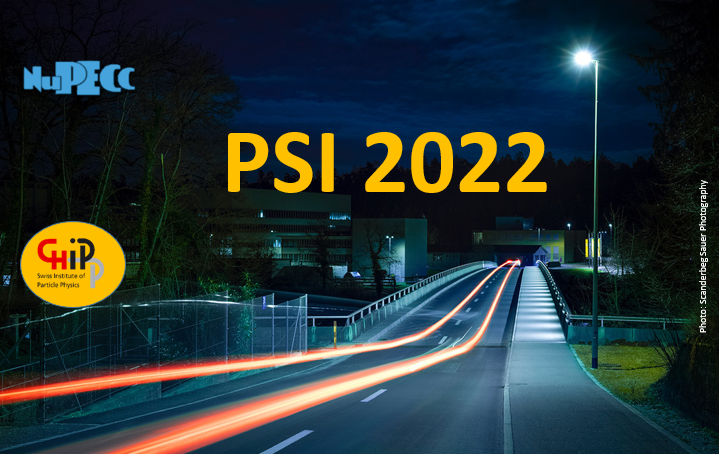Speaker
Description
Clathrate hydrates [1] are water-based solids with large unit cells that show promise as potential moderators for use in the development of new, more intense sources of very cold neutrons (VCN). Such sources have the potential to enhance existing neutron scattering techniques, and to increase the reach of particle physics experiments that employ beams of slow neutrons. These include investigations of the neutron $\beta$-decay, $n$EDM, $n \overline{n}$-oscillation or experiments using VCN in neutron interferometry (i.e. gravity induced phase shift).
Since their discovery in the early 19th century, clathrate hydrates have steadily gained interest in diverse fields of study. Current areas of active research, particularly in industrial chemistry, include the extraction and storage of natural gases in clathrate hydrates for energy applications. More recently, however, these materials have attracted interest as potential neutron moderators due to their low energy modes, which are a consequence of the ability of these so-called inclusion compounds to host guest molecules in cages that are formed by networks of hydrogen-bonded water molecules. Of particular interest is a binary clathrate hosting oxygen and tetrahydrofuran (THF) as guest molecules. The molecular oxygen provides an additional path for neutron slowdown exploiting the zero-field splitting of the magnetic triplet ground state of molecular oxygen [2].
Previous studies of these low energy modes have been carried out via measurements of the neutron dynamical structure factor $S(q, \omega)$ of several guest molecule-containing clathrate hydrates [3]. However, these investigations report $S(q, \omega)$ in arbitrary units, which cannot be used to generate quantitative predictions of the performance of clathrate hydrate moderators by simulation. We present here, in absolute units, measurements of the temperature-dependent dynamical structure factor of fully deuterated THF-containing clathrate hydrate, carried out at the Panther and IN5 instruments at the ILL. These measurements will serve as a baseline for respective NCrystal [4] scattering kernels, within the HighNESS project [5]. In addition, we report on time-of-flight VCN transmission measurements in THF clathrate hydrate, performed at the ILL PF2-VCN beamline. From these latter data, we extract the VCN mean free path, which is a transport parameter that is critical to the accurate simulation of potential VCN sources.
References
[1] A. K. Sum et al., Ind. Eng. Chem. Res. 48 7457 (2009).
[2] O. Zimmer, Phys. Rev. C 93, 035503 (2016).
[3] H. Conrad et al., Physica B 350, e647 (2004).
[4] X.-X. Cai, T. Kittelmann, Comput. Phys. Commun., 246, 106851 (2020)
[5] V. Santoro et al., arXiv:2204.04051v1 (2022).

